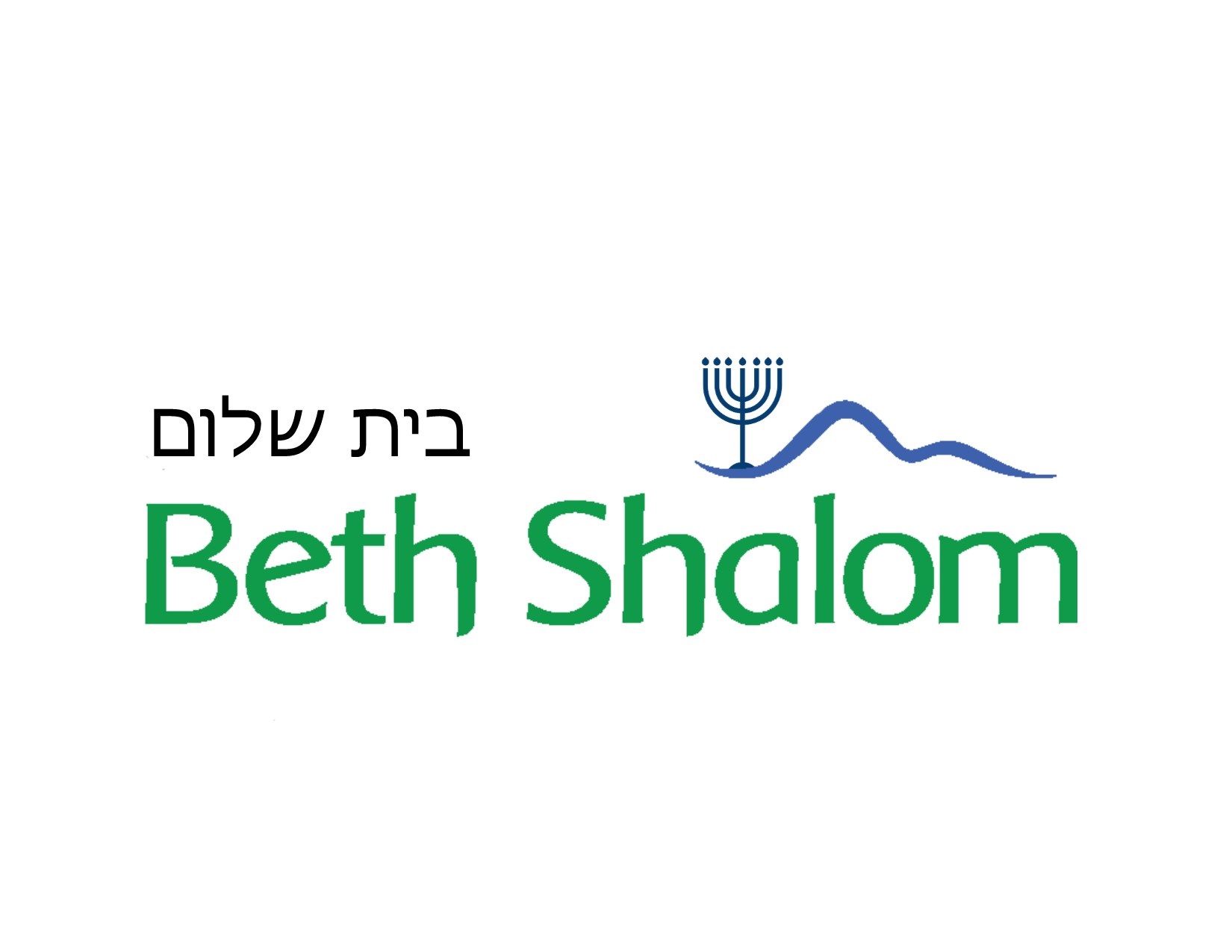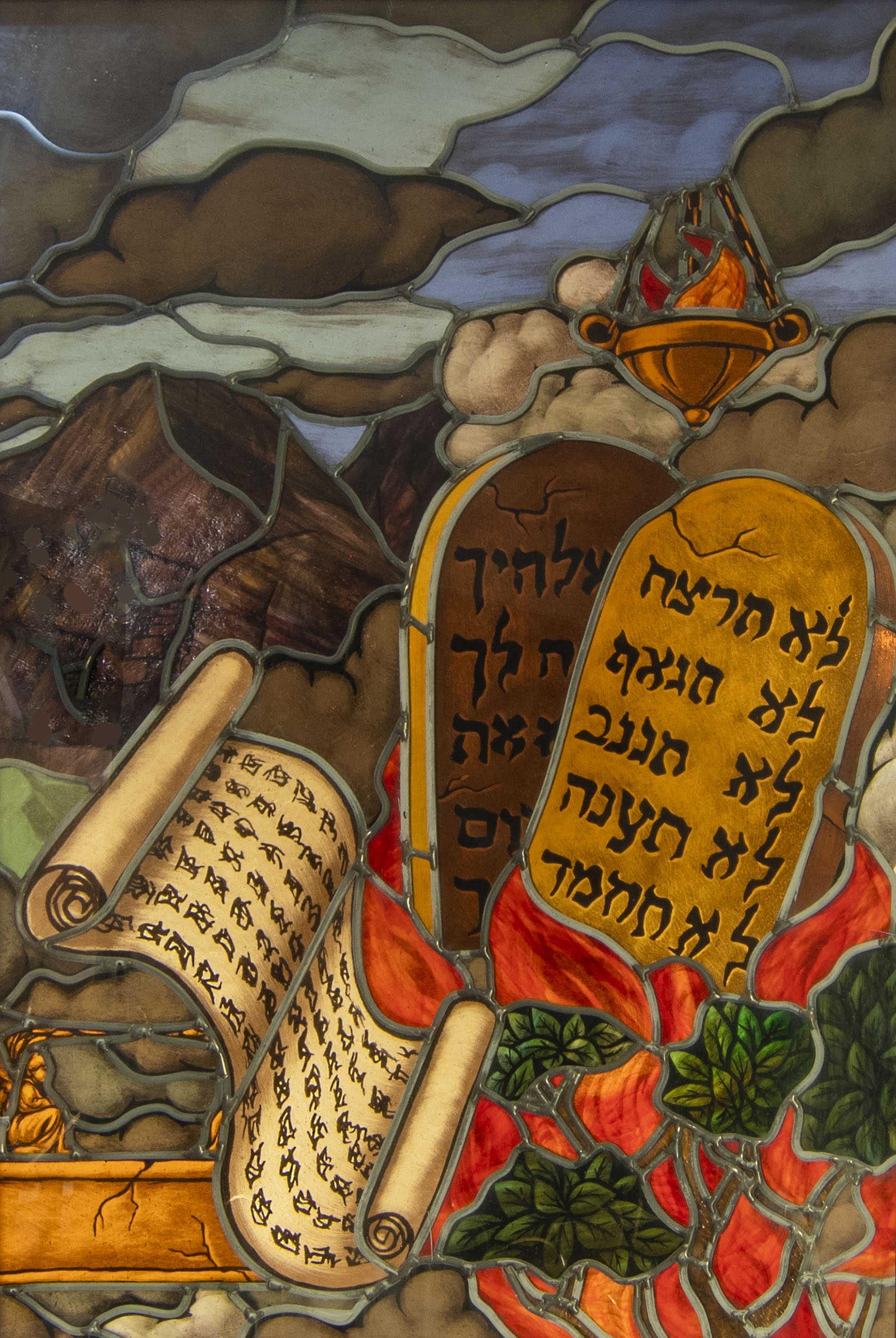The Chevra Kadisha (The Holy Society) is a group which prepares the body for burial, and performs the rite of purification (Taharah), and dresses the deceased in traditional shrouds. This is carried out by committee members with reverence, honor and dignity.
These societies have been held in the highest esteem throughout our history. Those who comply with the instructions will be honoring and doing a mitzvah for the deceased and will be providing comfort for the family.
Taharah is a holy duty, a religious act of great merit, a deed of kindness and piety. Members serve without personal recognitions or rewards. It is believed that these societies existed in Talmudic times though the first known Chevra Kadisha is credited to Rabbi Judah Lowe Bezalel of Pragne (1530-1609).
Any person of the Jewish faith may receive the services of the Chevra Kadisha. There should not be any deviations from the rules and procedures of the Beth Shalom Chevra Kadisha.
In compliance with Conservative Judaism and Jewish tradition, Tachrichim (shrouds) shall be encouraged. The use of any other garment desecrates the definition of Taharah. The laws of Conservative Judaism forbid cremation. A simple wooden casket is preferred when death occurs; the family should consult with the Rabbi and funeral home director. The appropriate wooden casket must be selected prior to the committee’s preparations. In turn the Rabbi or synagogue office notifies the Chevra Kadisha committee chairperson or designated alternate.
At the time of notification the chairperson should be given:
* Time and place of Taharah
* Cause of death
* English and Hebrew name of deceased
* English and Hebrew name of deceased’s father and mother
* Date, time and location of funeral service
* Burial site
* Determine if family chooses to use the deceased’s tallis and white Kippah the deceased customarily used for worship. If so, the family must deliver these items to the funeral home prior to Taharah.
* Obtain commitment from next of kin that they will adhere to rules and regulations of the Beth Shalom Chevra Kadisha.
Membership in the Chevra Kadisha is an honor; however, any man who is a kohen is prohibited from serving. There are no prohibitions to prevent wives/daughters of Kohanim from performing a mitzvah for the dead.
Participation in Chevra Kadisha activities is not restricted to the Beth Shalom Synagogue membership, however. Only those who are members in good standing of Beth Shalom Synagogue shall have voting privileges or be allowed to serve as chairpersons.
All post Bar Mitzvah are buried with a tallis that has been rendered Pasul (a tallis from which one or more corner fringes has been removed and placed in bottom of casket) and a white kippot. Although not customary, a woman may be buried with a pasul tallis and plain unadorned white kippot. The use of the deceased’s personal tallis and plain unadorned kippot is encouraged.
Jewelry or other adornments are not permissible.
A minimum of four to five persons are needed for Taharah. One person should be delegated to read the prayers while the others perform the ritual.

